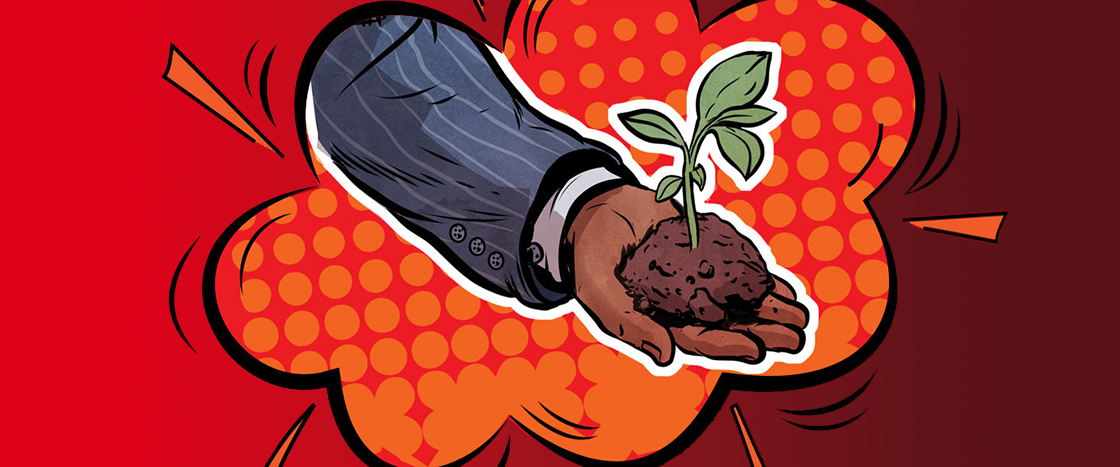Bettmann/Getty Images
George Washington Carver grew up in rural Missouri in the 1870s, just after the Civil War ended. As a boy, Carver had a talent for helping plants grow and recover from diseases. Locals called him the “Plant Doctor.”
In 1896, Carver became the first Black American to earn an advanced degree in agricultural science. That same year, famous Black educator Booker T. Washington invited Carver to teach at the all-Black Tuskegee Institute in Alabama.
At Tuskegee, Carver encouraged local farmers to switch from growing mostly cotton to planting a variety of crops. This was better for the soil. Carver recommended ways farmers could heal the land while also supporting their farms and families.
Carver believed in using science to help people, to stop hunger, and to reduce waste.

